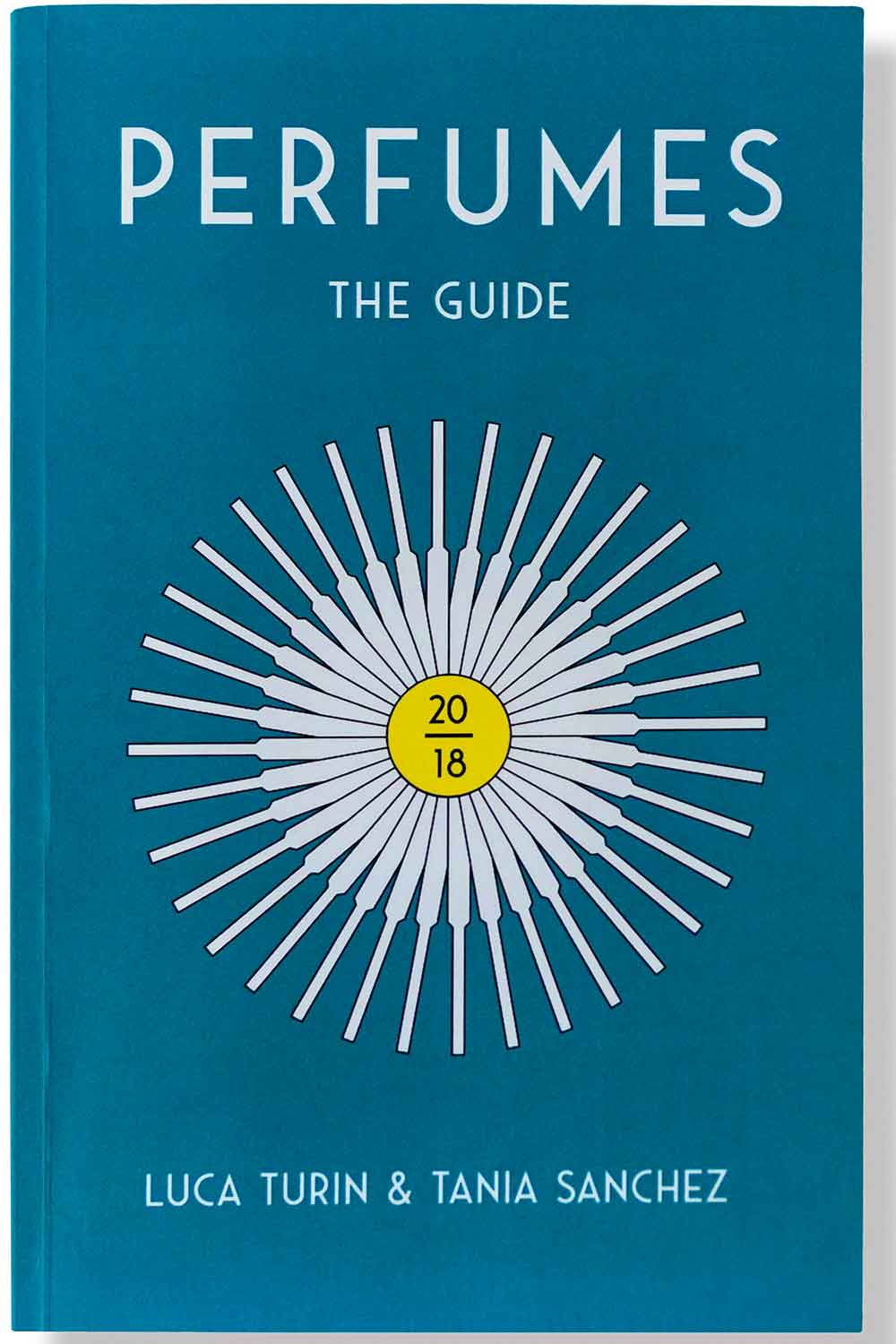
If you want to explore the world of fragrances, there are few better entry points than one of Luca Turin’s guides. Turin is a fragrance critic and biophysicist, with a controversial theory about how scents are linked to vibration frequencies. Along with his book The Secret of Scent – which details the history and science behind his theory of olfaction – he’s also written a number of popular consumer guides. There’s Parfums: Le Guide, which is in French, and then a couple of English books that he’s co-authored with his partner, Tania Sanchez – Perfumes: The A-Z Guide and The Little Book of Perfumes.
What makes Turin great is that he’s not only knowledgeable, he also has an opinion and isn’t afraid to share it. Rare is the writer nowadays who both knows what he’s talking about and hasn’t been bought out by companies. In Perfumes: The A-Z Guide, for example, he regularly pans Creed – a fragrance house that’s not only commercially successful, but also widely popular in the fragrance community. For the company’s Millésime Imperial, Turin writes:
Creed’s claim to be being purveyors of perfume to various royal and imperial houses of Europe is dodgy: their use of the Three Feathers device (wisely minus the “Ich Dien” motto) on all their fugly packaging suggests they have a Royal Warrant from the Prince of Wales, which to our knowledge is not and has never been the case. One is inclined to take with a pinch of salt the long list of deceased emperors and empresses that they allegedly helped smell better. Ditto the supposed trouble to which they go to obtain rare essences and extracts: slow, expensive, and low-yield things like tinctures, which would make even Guerlain blanch. Creed’s perfumes make abundant use of synthetic materials (see Green Irish Tweed) and are only slightly above average in use of naturals. Now to Millésime Imperial: millésime in French is a pompous word for “year,” used by winemakers instead of année. I’m not sure what Creed means by it, but it sounds good. The fragrance is a mini Green Irish Tweed with more citrus – utterly unremarkable.
Then there are the snarky reviews, which can be a bit fun to read. The review for Paris Hilton’s “Just Me” literally just takes the company’s marketing language, with Turin adding at the end: “All true, unquestionably, hideously true.” (The male version of the same scent is also described with the simple line: “Ideal for her sort of guy.”)
The book isn’t all negative, however, and being that perfumery is an art, one doesn’t have to agree with Turin’s opinions. For example, Turin pushes Habit Rouge as “one of the best masculine scents,” but I find it too powdery – like cosmetic powder on a woman’s cheek. He also likes Polo Sport for the same reasons I hate it (it’s intensely watery and green, like the scent of cheap, bright apples). At the same time, Turin has also introduced me to some of my favorites, such as Derby, New York, Ormonde Man, and Timbuktu. It’s easy to comb through the reviews with four to five star ratings and just sample what you please.
The problem with exploring the world of fragrances without Turin’s guide is that you often don’t know what you’re doing (at least if you’re just starting out). Scents can be heavily referential, so you’ll find others by reading descriptions that sound like something you already wear. Turin’s guide is simple and straightforward, without losing any of the nuances. My recommendation: buy the book and crosscheck the scents you’re interested in with Basenote’s review database (and maybe their forum). Then pick up samples at The Perfumed Court or Surrender to Chance. Wear the samples for a while and go back to Turin’s guides and Basenotes to learn more about what you’re smelling. Soon enough, you’ll be hooked.
